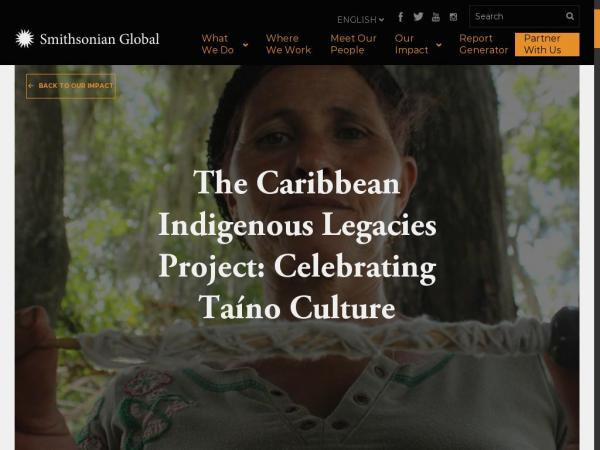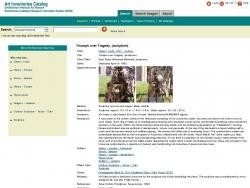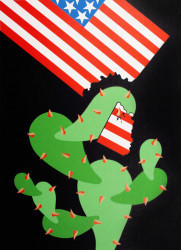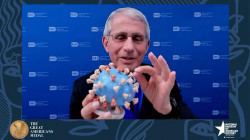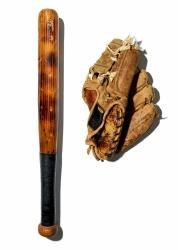Philippa Rappoport
I work in education and engagement, teacher professional development, and outreach at the Smithsonian Office of Educational Technology (OET), and have a particular interest in developing and producing trainings, programs, teaching techniques, and platforms that foster deep learning and contribute knowledge to improve practices in museum and preK-16 education and engagement. At OET over the last decade+, I created digital assets for schools, families, and new immigrant English Language learners to complement teacher professional development and pan-Smithsonian programming, including Learning Lab teaching collections, YouTube videos with tradition bearers, a handmade family stories book-making website, and online heritage tours.
Philippa Rappoport's collections
Dolores Huerta: Images, Videos, and "One Life" Exhibition
 Philippa Rappoport
Philippa Rappoport
The Smithsonian's Caribbean Indigenous Legacies Project: Celebrating Taíno Culture
 Philippa Rappoport
Philippa Rappoport
Origami Cranes: Activity and Background Information
 Philippa Rappoport
Philippa Rappoport
Close Looking at Three Portraits of Poet Frank O'Hara
 Philippa Rappoport
Philippa Rappoport
Native American Beading: Examples, Artist Interview, Demonstration and Printable Instructions for Hands-on Activity
 Philippa Rappoport
Philippa Rappoport
Student Activity: An Exploration of Immigration/Migration Experiences
 Philippa Rappoport
Philippa Rappoport
Preview Activity for Learning Lab Training Collection on the Theme: “Facing the Complex, Multiple Challenges of the 21st Century"
 Philippa Rappoport
Philippa Rappoport
Classroom Activity with "¡Pleibol!”: Close Looking to Explore One Family’s Story of Latino Baseball
 Philippa Rappoport
Philippa Rappoport
Intangible Heritage through Material Culture: The Journey of an Ecuadorian Boat Seat
 Philippa Rappoport
Philippa Rappoport
From Deer to Dance: How-to Demonstrations and Informational Videos
 Philippa Rappoport
Philippa Rappoport
How to Make a Ti Leaf Lei: Demonstration video, children's stories, dances, and contextual images
 Philippa Rappoport
Philippa Rappoport
Asian Pacific American Arts and Crafts: Festival Highlights
 Philippa Rappoport
Philippa Rappoport


